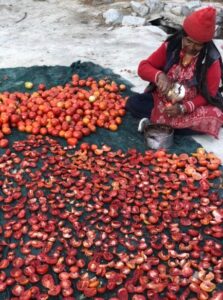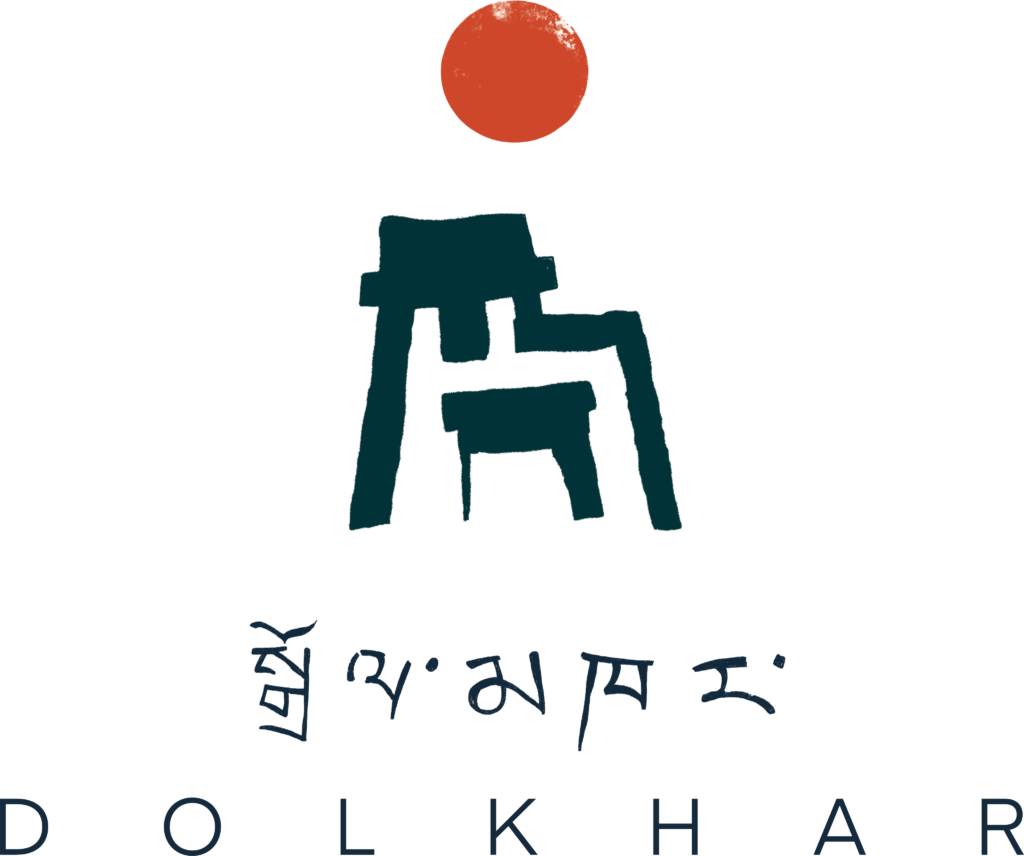“Home-grown tomatoes, home-grown tomatoes What’d life be without home-grown tomatoes Only two things that money can’t buy That’s true love & home-grown tomatoes.”**
—Guy Clark
This couplet from the song “Home-grown Tomatoes” by Guy Clark beautifully captures the feeling that home-grown tomatoes evoke. The whole song describes his love for home-grown tomatoes, and I couldn’t imagine a better representation of admiration for lovely tomatoes! Have you ever wondered why almost all references to tomatoes in popular culture are about home-grown ones?
The world we live in is slowly turning hazardous, and the food we consume contains so many harmful elements. The number of food-borne diseases is also high. According to the World Health Organization (WHO):
– Unsafe food containing harmful bacteria, viruses, parasites, or chemical substances causes more than 200 diseases – ranging from diarrhea to cancers.
– Children under five years of age carry 40% of the food-borne disease burden, with 125,000 deaths every year.
In recent years, more and more people are coming to realize the effects of this and are adopting more conscious ways of eating. People are growing their own vegetables as much as possible, and now even pop culture has made “going organic” a trend. Owing to all these factors, an increasing number of people are starting to grow their own food, and not surprisingly, the amazing tomatoes seem to feature as the number one plant for home gardens.
In Ladakh, most home-grown tomatoes are sun-dried and stocked up for the winter season. No preservatives like sulfur dioxide are used; instead, tomatoes are just sliced and seasoned. The water content dries up in the sun, and it takes around 7-10 days for the whole process depending on the amount of sunlight. After this, the dry tomato flesh, concentrated with flavor, adorns Ladakhi food through the winter with its very rich taste and texture! It reminds us of the hopes of summer on cold winter evenings.
When no fresh vegetables are found in the winter, these sun-dried tomatoes add flavor and nutrition to food. It turns out sun-dried tomatoes also contain Vitamin C, potassium, nutrients, and lycopene, a powerful antioxidant. A hundred grams of sun-dried tomatoes can make up for 40% of a person’s daily recommended dietary fiber intake.
Dhruv Nijhawan, a zero-waste, sustainable chef patron at Dolkhar Ladakh, went to different villages all over Ladakh in order to find authentic local ingredients for Tsas Ladakh—a plant-based, hyper-local, avant-garde restaurant, serving a perfect equilibrium between European Haute and Ladakhi cuisine. In his quest for good tomatoes, Dhruv found the best tomatoes from two regions, Dha and Turtuk. There is a difference between the tomatoes of these two regions, and in Dhruv’s words, he personally prefers the tomatoes from Dha valley as they have more flesh and less water content. Due to the low water content, the tomatoes dry quickly in around 6-7 days. Dhruv also says that “in Ladakh, summers are shorter, and winters are long, so Ladakhis have a habit of eating sun-dried tomatoes, and there are lots of households in Ladakh that don’t even like the taste of fresh tomatoes now. In many remote areas of Ladakh, people prefer sun-dried tomatoes as puree rather than using fresh ones directly. They rehydrate the sun-dried tomatoes and make puree out of them. Keeping in view the terrain and demographic of Ladakh, there isn’t any real use for fresh tomatoes either. Even during the summer season, people are more concerned about drying tomatoes than using fresh ones.”
Dhruv connects the Ladakhi culture of drying tomatoes with the Italian culture. He noticed that in Ladakh “Amalay/Abilay” (mothers/grandmothers) sun-dried the tomatoes, and he remembered that in Italy, it was “nonaas” (grandmothers) that sun-dried the tomatoes. Both Amalays and Nonaas liked to make pasta, and their love for sun-dried tomatoes is also similar. Nonaas in Italy would make Tagliatelle and Ravioli with their sun-dried tomatoes, and Amalays in Ladakh would make skyu and chutagi!
On being asked about what he thought about Ladakh’s relationship with organic food, Dhruv pointed out that “Ladakh primarily still grows organic food. However, living at such an altitude and under such harsh weather conditions, one cannot afford to be casual about their health. Most of the vegetables in the market are sprayed with pesticides that harm our health badly.” He continued to demonstrate, using Darwin’s theory of natural selection, that pests and pathogens that survive strong pesticides also develop the strength to become more resilient and have a much greater impact on the health and safety of people. Dhruv feels that the government can take a significant step by conducting workshops on the effects of pesticides and the benefits of conscious food sourcing and consumption.
Dhruv’s love for tomatoes from Dha also took us to Acho Tsering Tundup Lay from the same valley. Acho Lay told us that the sowing season for tomatoes starts around March 20th-25th. From August to October, the tomatoes grow and get harvest-ready. During the harvest, farmers keep the best few tomatoes as seeds for the following year. The manure used is also organic. The people from Dha sell these tomatoes to vegetable vendors and other people who order from them directly. However, after realizing the amazing taste of the Dha tomatoes, many restaurants are coming forward to order tomatoes exclusively from this valley. Acho Lay personally likes the taste of their home-grown tomatoes but particularly loves the grounded powdered version of his sun-dried tomatoes!
When Acho Lay stays in Leh, he never uses tomatoes from the market; he always carries his stock of sun-dried tomatoes. On asking about the taste, Acho Lay says, “To people, they might be different from each other, but for me, it makes a world of difference. I would never go for the market ones; I love our home-grown tomatoes. The sun-dried powdered tomatoes also make the best chutney for momos, and nothing could beat that.” Coming to another vital part of survival, we asked Acho Lay about the revenue generation from tomatoes. Acho Lay says that it depends on the number of fields and people willing to work. Transport to Leh is also an added cost, but there is a good profit margin. A few people from their valley apparently earn around Rs 60,000 to Rs 80,000 from just tomatoes.

Ladakh evidently has many amazing traditional elements, and now that we have started on this food journey of unraveling these mysterious ingredients for you, we cannot wait to present more!


